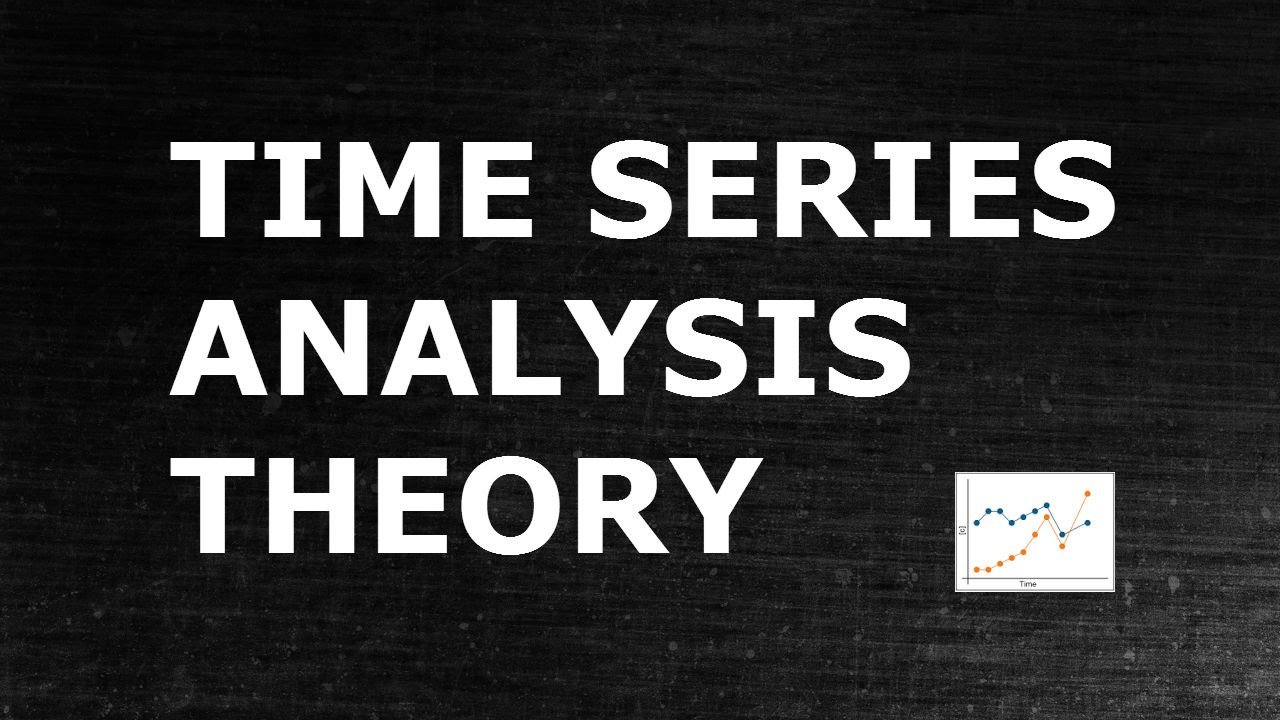FINTECH AND BANKS: CON...
Part I - The Fintech Challenge
In a 2 part blog series, the first part enumerates the dawn of a new generation of tech companies primarily devoted to financial services space which leverage advanced data analytics as a strategic and powerful tool that can make sense of a world drowning in data creating more efficient and customer-centric platforms and therefore have caught the incumbent traditional banks completely off guard.
Introduction to FinTech

We are in the midst of a disruptive revolution brought about by Financial Technology companies (“FinTech”) that have taken the financial services space by storm radically changing the way business is run and perceived. Credit to this recent upsurge in a new breed of start-ups , that are an intersection of technology based companies which play in the financial sector space, goes to the explosion of digital data and multiple technological advances via cloud, mobile technologies, apps, intelligent/smart networks resulting in opportunities for innovators and disruptors to move in. With the exponential rise of digital data (both customer profile and transaction), annual investments in FinTech space has burgeoned1 10x since 2010 and has grown 58% yoy in 2015 to $19bn with venture capital infusing the major chunk of funding (69%). North America2 primarily the US, continues to be the centre of major investments and advancements, setting the trends for the rest of world in FinTech, and accounts for 60%+ of global investments. As of 20153, the FinTech was valued at $98bn and consisted of 46 unicorns (cos valued at $1bn+) primarily in the lending and payments sub-space (70%+). The FinTech maxtrix can be further differentiated into 5 sub-matrices depending on sector (bank, insurer) business process (payments, financing, asset management, insurance etc), customer segment (retail, corporate private, life insurance etc), interaction form (C2C, B2C, B2B) or market position (Bank/insurer, Non-bank/insurer – bank/insurer – cooperation etc.).
Complex Battlefield

The financial services landscape has witnessed a continuous sea change, which started off with a first mover’s advantage for start-ups with a mindset of technological companies that began to vie for space ceded by traditional big banks (“Banks”) that were technologically handicapped. Historically, Banks controlled end-to-end processing but since the financial crisis and increasing regulatory pressures have led to Banks hiving off their mundane processing operations that were less profitable. This gave rise to best-of-breed service providers that used technology as a weapon to create platforms that targeted these less remunerative operations with greater efficiency giving rise to newer pools of profit. Currently, an increasing number of FinTech start-ups are now attacking core functions of payments, lending, investing, advisory and forcing Banks to cede core-banking space. For example: OnDeck Capital provides faster loans to SMEs while Square offers card services to micro merchants whereas eToro offers professional trading strategies for retail investors at discounted price. McKinsey4 projected in its 2015 report that origination, sales and distribution businesses, representing ~60% of global banking profits (or $620bn) with an ROE of 22%, are at risk from FinTechs. Of the 5 major retail banking business (consumer finance, mortgage, SME lending, payments, asset management), McKinsey believes 20 to 60% of their profits will be at risk by 2025. Furthermore, PwC5 survey shows 28% of Banking and Payments business are at risk of being lost by Banks to FinTech by 2020 and 22% for Asset Management and Insurance business.

Banks by their very nature of being bureaucratic and conservative have been slow to react and also suffer from legacy IT systems that were in no position to compete with this new class of dynamic market participants. However, start-ups are still fragmented and don’t have easy access to data, zealously guarded by the behemoth Banks, that is the fuel to their analytics based platforms. Gradually, in order to overcome the size problem, M&A activity is gathering steam as FinTechs realign amongst themselves or with Banks/Corporates to acquire the competitive edge (example: PayPal & Xoom, AliBaba & Paytm, BBVA & Simple , Samsung & LoopPay. Also, Banks are beginning to push back by indulging in FinTech investments of their own or internal R&D investments or joint ventures/partnerships with other FinTechs.
The battlefield has gotten even more complex as iconic brands like GAFAA (Google, Apple, Facebook, Amazon, AliBaba) have made forays into the space realising that they can set high benchmarks in digitally enabled customer experience and satisfy specific needs. Moreover, they have the best of worlds since they have the DNA of a tech company and have acquired humungous amounts of quality consumer data over the years that FinTechs lack. Amazon makes loans to small businesses through Amazon Lending, while Google Wallet allows customers to make online purchases via email whereas Apple has integrated payments service into its new authentication devices and Facebook has also launched its free Friend-to-Friend payments service.
Analytics leveraged by FinTech

Richer Credit Scoring
Analytics helps credit scoring models to go beyond quantitative factors of data e.g. repayment history and enables assessing of qualitative concepts like behaviour, willingness, ability etc. Richer data can be accessed by media analytics that uses social media to create a personality profile of a person that gives more depth to analytics based credit scoring model .This gives FinTechs a huge advantage over Banks as 73% of world population is not scored by credit bureaus because lack of quantitative data. In traditional credit scoring there is a catch 22 situation where you need to have a loan history to get your first loan. On the other hand , reliance on qualitative factors gives Fintechs a much wider spread of people to conduct credit analysis on and greater probability of sustaining low default rates. Predictive analytics can also be used to predict client’s upward financial mobility adding another aspect to credit scoring. Example: Kreditech scores with little or no credit history as long they are registered in social networks places focus on underlying personality.
Unstructured Data is the New Oil
As the data explosion continues, a unique challenge is to make sense of the majority of data that is in unstructured format and cannot therefore be easily classified or quantified. Text and Media analytics give FinTechs the ability to gain better insights in the form of sentiment, customer pain-points from unstructured data forms such as social media comments, customer complaints, call centre notes, support forums postings. University of Texas study6 says Fortune 1000 companies can gain $2bn a year by increasing usability of data (increasingly a precious asset like oil) by internal staff.
Wider Data Access
Analytics helps FinTech access multiple sources of data from social media to IoT devices to smartphones etc. Open Banking APIs help FinTech get access to client data that are considered as a valuable asset for Banks and resistant to share it to third parties and is closely guarded within their confines. Also, data that is accessed via Banking APIs are of prime quality as it is verified by the trusted party i.e. the Bank. Such open APIs help FinTechs to feature product on behalf of the Bank which can be offered to Bank’s customer whereas FinTech earns revenues via licensing and also bypasses credit agencies for credit scoring. For example Kontomatic banking API enables linking up to KYC and transactional data of customers.
Customer acquisition
Cost of acquisition has dropped as customers have begun to move in droves to digital channels which are also a cheaper and less time consuming option for clients instead of going to physical locations. Consequently offerings can be much more targeted and customised to each sub segment with appropriate pricing. Also more contextual and personalised engagement between FinTech and customer is possible on the digital media via analytics be it advertising, loyalty programs or discount offerings. Higher touch points with consumer also facilitates more cross-sell and up-sell opportunities identified via analytics which results in higher conversion rate.
Asset/Wealth management

Analytics facilitates the introduction of robo-advisors that replicate human-like decisions through advanced algorithms that generate real-time investment advice. Key to wealth management is being an attentive listener, and analytics by its very nature can be used as a strategic tool to uncover deep customer insights that were missed by human senses. Automated investment advice via analytics helps in reducing asymmetry of information between small and large-scale investors thereby enabling greater affordability and wider access to investors (e.g. retail) and creating newer avenues for profit. Dragon Wealth offers financial advisors easy-to-use apps to acquire more investors whereas Sherelt, social trading platform, helps non-profession identify expert traders to follow/copy them.
Risk Management
Predictive analytics utilises social media interactions, transaction patterns, device identification, biometrics, behaviour analytics as major driving factors to provide leading indicators to potential losses and fraud. Analytics enables integration of structured and unstructured data that can help leverage traditional risk management tools for risk adjusted pricing, risk capital management, portfolio risk management etc. Bankguard provides 2 Factor Authentification (2FA) for fraud attacks.
Example of Analytics used as a powerful tool

Let’s see an example to appreciate the power of analytics tool that can profoundly change lives of people in myriad ways and increase touch points between financials and consumers in their daily lives creating multiple marketing opportunities. Raj and his wife have bought a home with a mortgage from BigBank. So Raj being an avid cook is enthusiastic about doing-up his kitchen and so buys a set of chef’s knives, microwave oven etc. using his BigBank card. With each event/transaction like mortgage or purchase orders, BigBank’s data analytics system instantly analyses Raj’s financial data, spending pattern, savings balance, loans taken (e.g. home mortgage), available credit etc. Analytics also analyses social media activity and identifies his love for cooking, regular frequents to restaurants, blogs about his dining experience etc. Based on the available data, analytics can leverage five business potentials for BigBank:
Potential 1: Using predictive analysis BigBank can anticipate home related purchases and can offer to extend credit on Raj’s smart phone which he accepts at the tap of his finger.
Potential 2: Analytics notices Raj’s back-to-back purchases and suggests a free service to digitally store purchase receipts in a digital vault. Raj uploads the microwave oven receipt and BigBank uses content analytics via OCR (optical character recognition technology) to recognise appliance and offers to extend warranty.
Potential 3: Behavioural and media analytics is applied to past behavioural patterns to identify Raj has opted for SME-rewards program (discounts from bank’s SME customers). BigBank sends Raj personalised offers with promotions to various restaurants that are its clients.
Potential 4: BigBank offers a free service called SmartInvest that uses market analytics to tease out wealth management insights to Raj to make more informed investment decisions based on his monthly income vs expenses, savings record and after eliciting additional info like financial goals and risk profile.
Potential 5: Aggregate analytics helps BigBank compare Raj with his peers based on similar spending habits, geographical location, income and age bracket. Consequently BigBank can make Raj “people like you” offers based on a number of criteria like lifestyle, personal preferences, geo-demographic factors. These offerings then have a higher chance of take-up rate as opposed to cold calls.

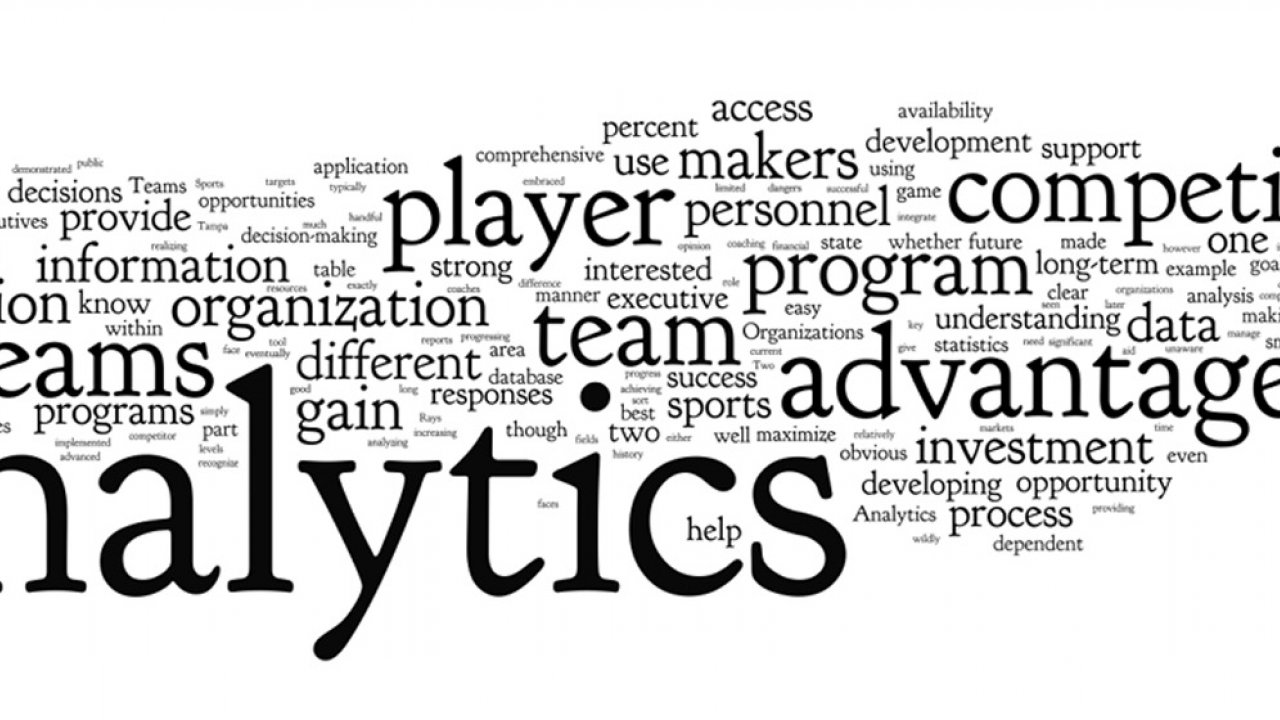



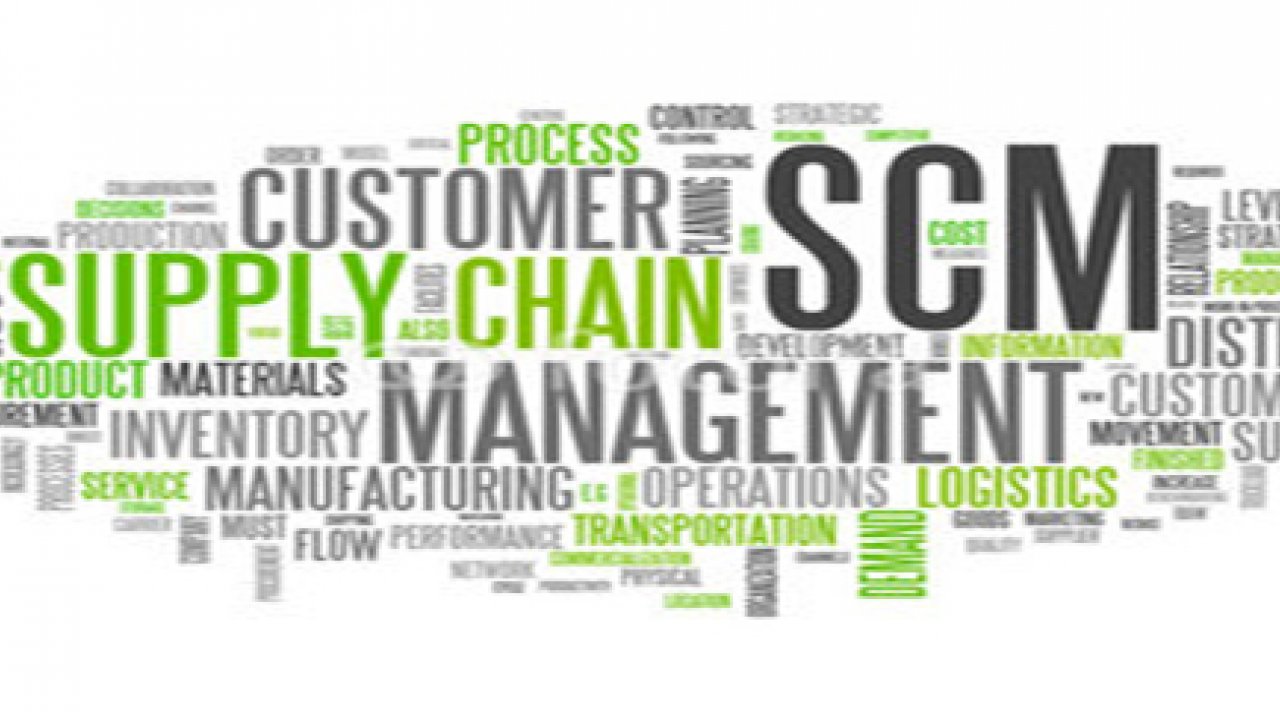



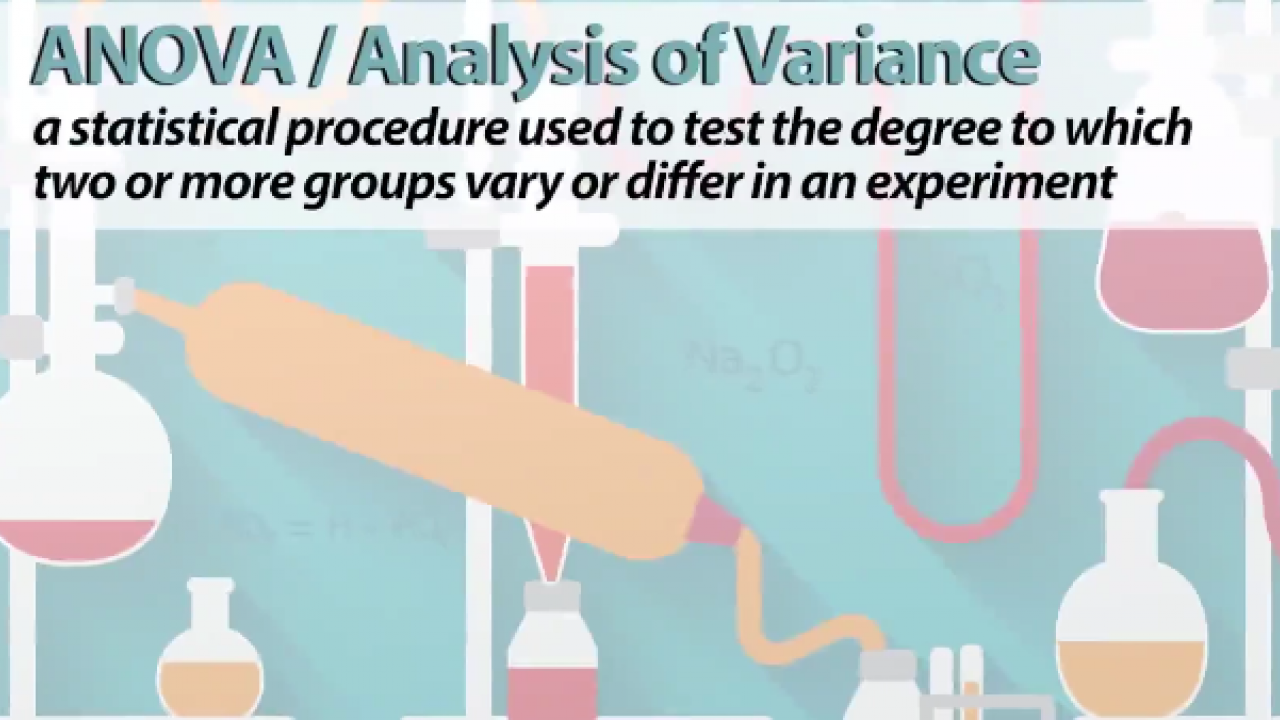

 , where
, where


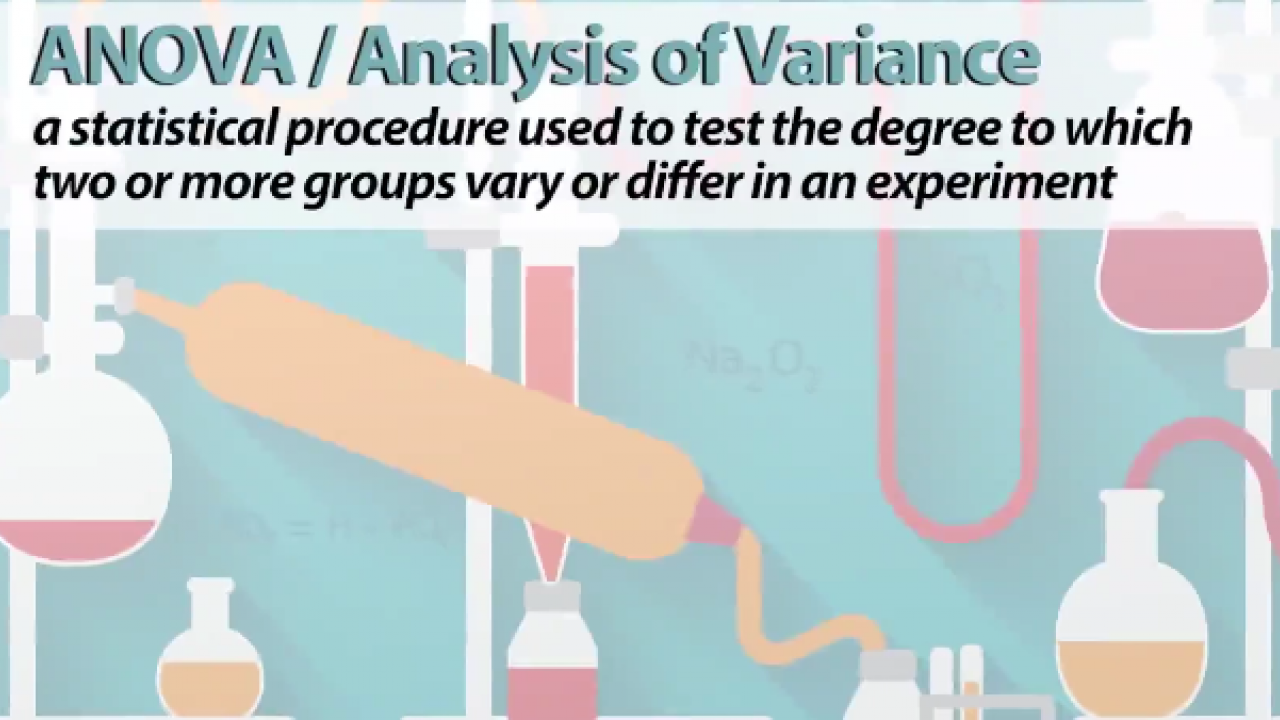

 where, =
where, =  Grand mean
Grand mean
 where, = sample mean of group j
where, = sample mean of group j


